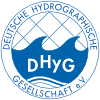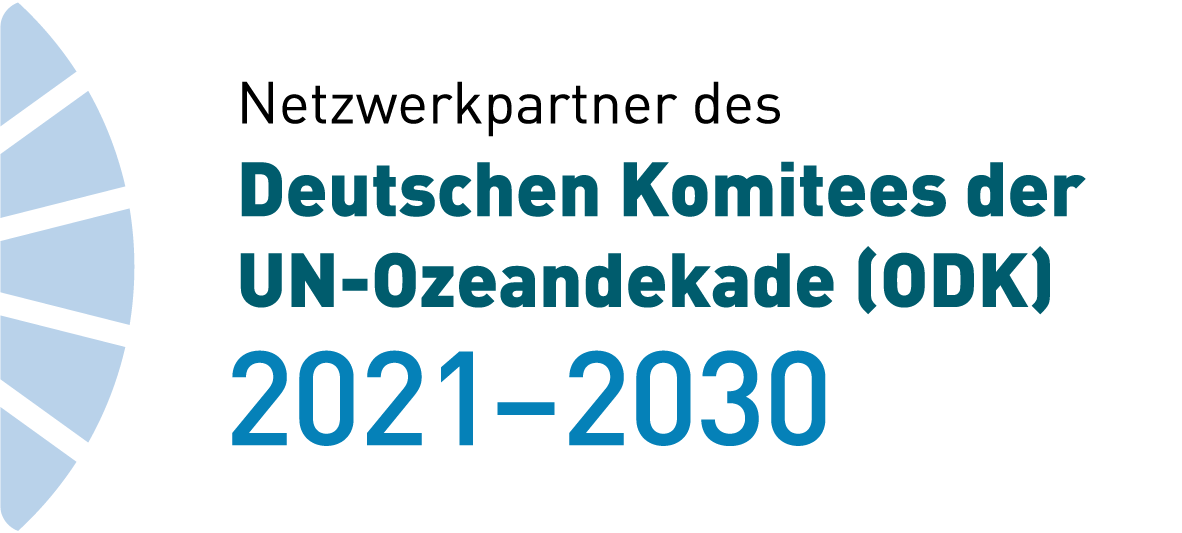HN Ausgaben wählen
- HN 132 (9)
- HN 131 (17)
- HN 130 (10)
- HN 129 (8)
- HN 128 (10)
- HN 127 (6)
- HN 126 (10)
- HN 125 (11)
- HN 124 (8)
- HN 123 (10)
- HN 122 (9)
- HN 121 (10)
- HN 120 (7)
- HN 119 (10)
- HN 118 (7)
- HN 117 (10)
- HN 116 (14)
- HN 115 (10)
- HN 114 (6)
- HN 113 (10)
- HN 112 (7)
- HN 111 (9)
- HN 110 (9)
- HN 109 (11)
- HN 108 (8)
- HN 107 (9)
- HN 106 (7)
- HN 105 (14)
- HN 104 (6)
- HN 103 (11)
- HN 102 (8)
- HN 101 (9)
- HN 100 (13)
- HN 097 (1)
A review of airborne laser bathymetry for mapping of inland and coastal waters
Airborne laser bathymetry (ALB), an active remote sensing technique for capturing the depth and topography of shallow inland and coastal waters, is continuously evolving due to technological progress concerning sensors, platforms and data processing methods. So-called deep bathy systems with low spatial resolution but high depth penetration of up to 60 m coexist with topo-bathymetric sensors featuring small laser footprints of around 50 cm, high measurement point density of more than 20 points/m2 but limited depth penetration of about 1.5 Secchi depths. While conventional ALB sensors are typically mounted on manned aircraft and operated from flying altitudes of around 500 m, sensor miniaturisation enabled the integration of compact bathymetric laser scanners on agile unmanned aerial vehicles (UAV) operated from 50 to 150 m altitude for flexible acquisition of smaller water bodies like clear gravel-bed rivers. This in turn, initiated new applications like roughness estimation, mapping of benthic habitats, and monitoring of coastal and fluvial morpho-dynamics in high spatial and temporal resolution. Furthermore, new data processing approaches proved to enhance both accuracy and depth penetration via strict geometric modelling and sophisticated waveform processing. The paper reviews the current trends in airborne laser bathymetry and highlights the potential and restriction of this optical technique.
bathymetric LiDAR | green laser | laser scanning | ALB sensors | ALB platforms
- Ausgabe: HN 116, Seite 6–15
- DOI: 10.23784/HN116-01
- Autor/en: Gottfried Mandburger
LiDAR-Systeme für die topobathymetrische Vermessung
3D-Daten sind wesentlicher Bestandteil des Vermessungswesens und bilden die Grundlage für viele Anforderungen unserer zunehmend digitalen Umgebung. Laserscanner von RIEGL sind heute weltweit im Einsatz, um die immer genauere und höher auflösende Vermessung der Welt vom Boden aus, zu Wasser und aus der Luft voranzutreiben. LiDAR-Technologie spielt dabei auch für die Erfassung von Wasserwegen und Küstengebieten eine wichtige Rolle.
RIEGL | Laserscanner | ALS | TLS | BLS | ULS | Wellenformanalyse
- Ausgabe: HN 115, Seite 68–70
- DOI: 10.23784/HN115-10
- Autor/en: Ursula Riegl, Martin Pfennigbauer
Beiträge der S-100-Welt für Schifffahrtszeichen und Schiffsverkehrsmanagement
Sachstandsbericht und Einschätzung
Das Universelle Hydrographische Datenmodell der IHO (UHDM) soll das grundlegende Rahmenwerk für die gesamte Welt der maritimen Daten werden. Jüngst sind erste S-100-konforme Modellierungen von Datenprodukt-Spezifikationen fertiggestellt worden, die auch das Verkehrsmanagement in der Schifffahrt und die Unterstützung des Schiffsverkehrs durch landgestützte Navigationshilfen in den Blick nehmen. Die S-100-Welt soll dereinst die »digitale Schiffbarkeit« ermöglichen, das setzt freilich »digitale Zwillinge« von Schiff und Umwelt voraus. Der Beitrag informiert über den Stand der Entwicklungen und wagt einen Ausblick, wie der S-100-Standard dereinst wirksam wird.
UHDM | S-100 | Datenprodukt-Spezifikation | digitale Schiffbarkeit | digitaler Zwilling | E-Navigation | Schifffahrtszeichen | Schiffsverkehrsmanagement | Schifffsverkehrsdienste
- Ausgabe: HN 115, Seite 60–67
- DOI: 10.23784/HN115-09
- Autor/en: Jan-Hendrik Oltmann
EDoM’18 – ein internationales Untersuchungsprogramm an der Ems
Das Emsästuar zwischen der Nordsee und der Tidegrenze ist ein Problemfall. Überwiegend anthropogene Einflüsse haben zu einem verstärkten Eintrag von Sedimenten geführt. Der Schwebstoffgehalt im Wasser ist mittlerweile so hoch, dass der Zustand der Ems sowohl unter dem Aspekt der wirtschaftlichen Unterhaltung der Schifffahrtsstraße als auch aus ökologischer Sicht als kritisch zu bewerten ist. Wissenschaftler und Ingenieure haben sich in dem internationalen Verbundprojekt EDoM’18 daran gemacht, mit Hilfe eines groß angelegten Messprogramms einigen grundlegenden Fragen zu den Transport- und Strömungsprozessen auf den Grund zu gehen. Dieser Artikel gibt einen kurzen Überblick über das Untersuchungsgebiet, beschreibt die Motivation für das Projekt EDoM’18 und erwähnt erste, ausgewählte Ergebnisse.
Ems | EDoM’18 | Masterplan Ems 2050 | Fluid Mud | Verschlickung
- Ausgabe: HN 115, Seite 54–58
- DOI: 10.23784/HN115-08
- Autor/en: Christian Maushake
Coastal zone mapping with the world’s first airborne multibeam bathymetric lidar mapping system
Coastal zone mapping is becoming more and more important due to the magnified impacts on coastal communities due to climate change and the gradual but inexorable rise in global mean sea level. Accu-rate determination of the nearshore bathymetry and low-lying coastal terrain is vital for providing better modelling of the likely impact to areas due to storm surges and flooding. With this new concept in air-borne lidar bathymetry (ALB) technology, mapping this challenging domain is now more possible to achieve in an efficient and effective way.
ALB | lidar | coastal zone mapping | RAMMS | UAV
- Ausgabe: HN 115, Seite 48–53
- DOI: 10.23784/HN115-07
- Autor/en: Don Ventura


